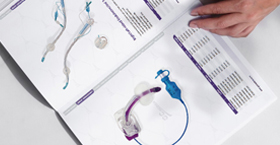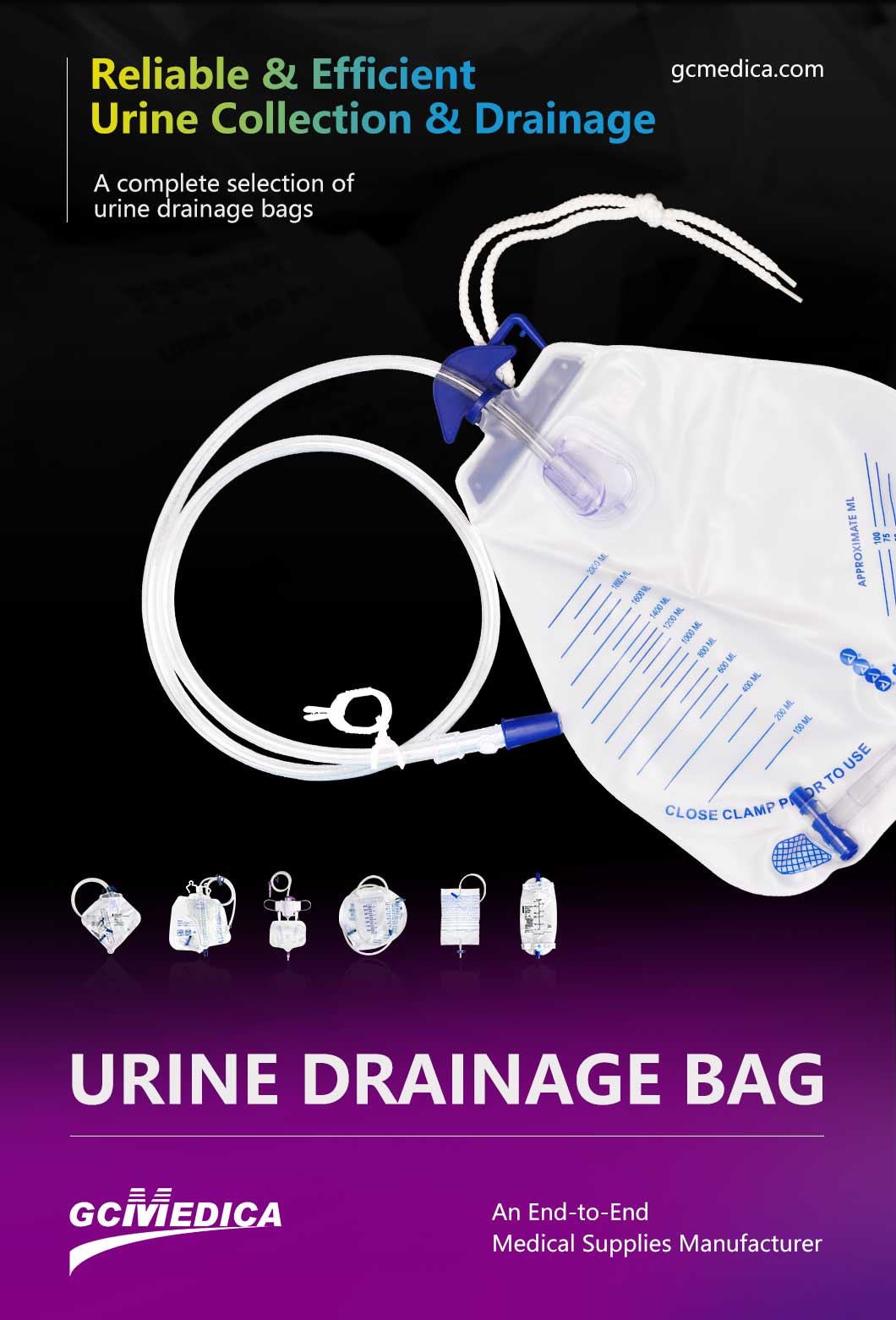Urine catheter bags are essential components in urinary management, providing safe, hygienic, and discreet collection of urine for patients who cannot void naturally. The choice of catheter bag depends on factors such as patient mobility, duration of catheterization, volume of urine output, and the setting in which care is delivered (e.g., hospital, home, or long-term care facility). Broadly speaking, catheter bags can be classified into indwelling (Foley) catheter bags, external (condom) catheter bags, suprapubic catheter bags, and specialized variants such as leg bags and bedside (night) drainage bags.
Indwelling catheter bags are connected directly to a urethral or suprapubic catheter and are often used for continuous drainage over days or weeks. External condom bags are non-invasive and suited for male patients with chronic urinary incontinence, offering a more comfortable option without urethral insertion. Suprapubic catheter bags attach to tubing emerging from a small abdominal stoma and are preferred when long-term urethral catheterization carries a high risk of urethral trauma or infection.
For ambulatory patients, leg bags attach discreetly to the thigh under clothing, allowing greater freedom of movement, while bedside bags—sometimes called night bags—have larger capacities and are designed to hang on the side of a bed, reducing the frequency of emptying during sleep. Materials commonly include medical-grade PVC or silicone, with anti-reflux valves and graduated volume markings to prevent backflow and facilitate monitoring. Proper selection, secure attachment, and regular bag replacement are pivotal to reducing infection risk and ensuring patient comfort.
| Type | Description | Material | Capacity | Typical Use |
|---|---|---|---|---|
| Indwelling (Foley) Bag | Connects to urethral or suprapubic catheter for continuous drainage | PVC or silicone | 500–2,000 mL | Short- to mid-term catheterization |
| External (Condom) Bag | Non-invasive sheath for men; collects urine via an adhesive or inflatable ring | PVC with adhesive | 100–500 mL | Male incontinence, non-hospital care |
| Suprapubic Bag | Attaches to catheter exiting through abdominal wall | Silicone tubing | 500–2,000 mL | Long-term catheterization |
| Leg Bag | Smaller bag strapped to the thigh for ambulatory use | Soft PVC | 300–800 mL | Ambulatory patients |
| Bedside (Night) Bag | Larger reservoir designed to hang on bedframe; minimizes nighttime emptying | Rigid PVC | 1,000–2,500 mL | Overnight drainage |
| Portable Travel Bag | Discreet, compact design often with odor-control features for short excursions | Multi-layer PVC | 200–400 mL | Day trips, outings |
Each bag type addresses specific clinical needs and lifestyle considerations. Selecting the appropriate catheter bag enhances patient safety, comfort, and autonomy while helping caregivers manage urinary output effectively.
| Learn more about urine drainage bags > |


 Français
Français Español
Español Products
Products

 About Us
About Us












